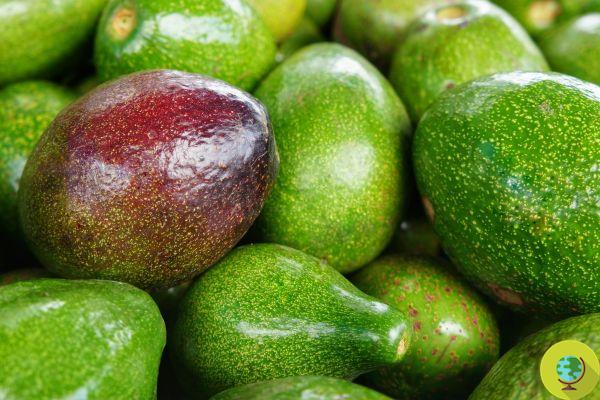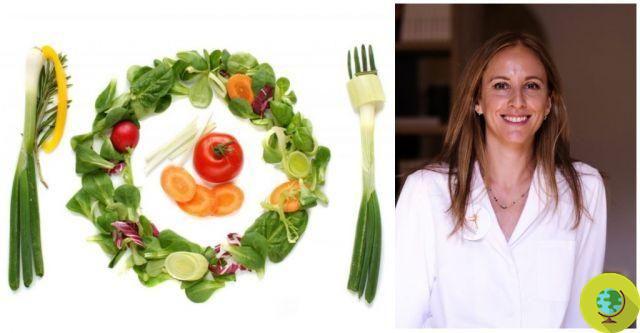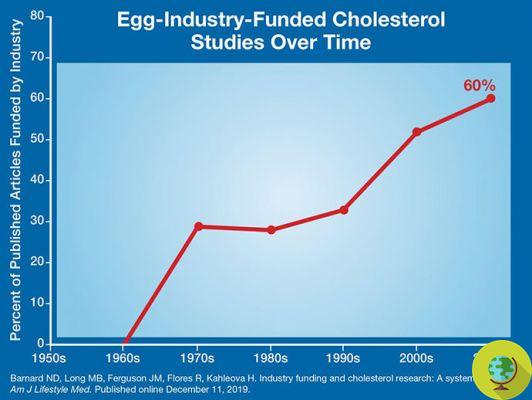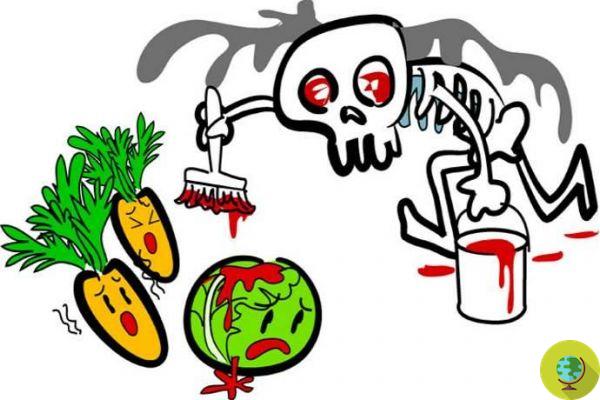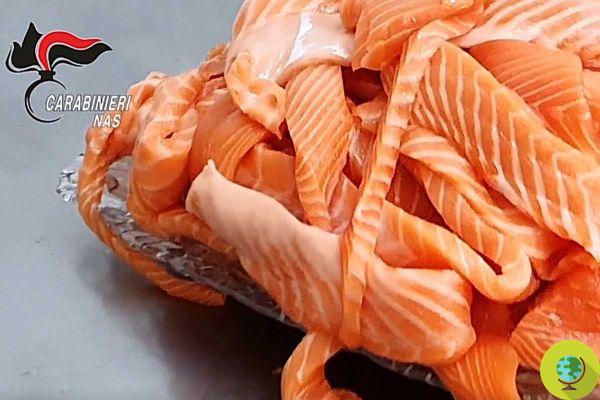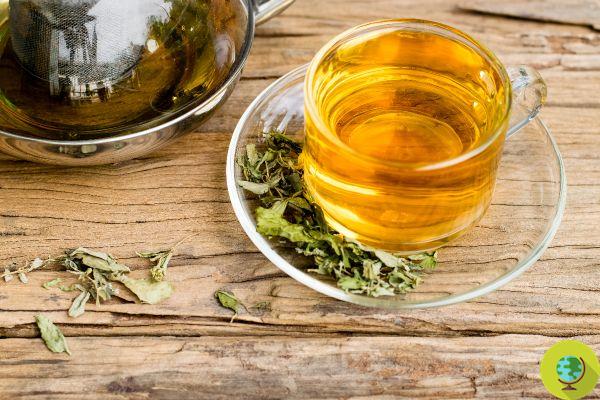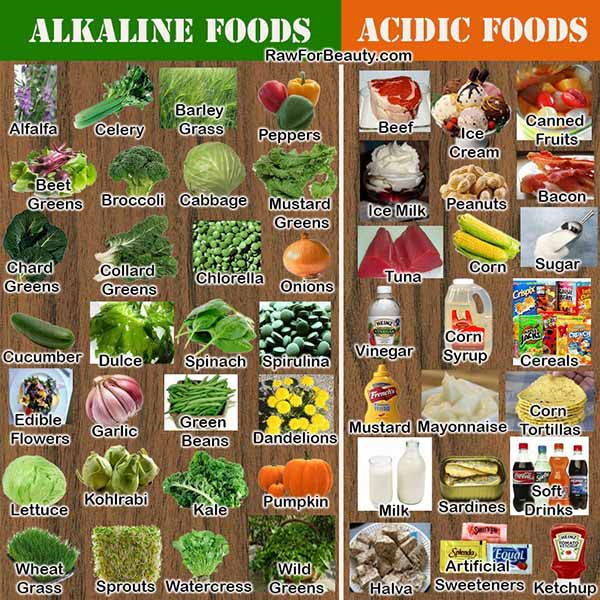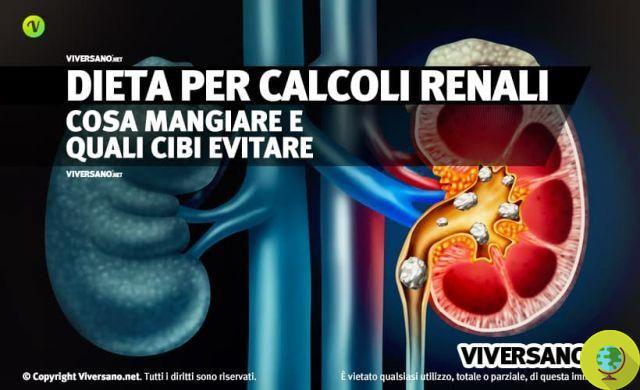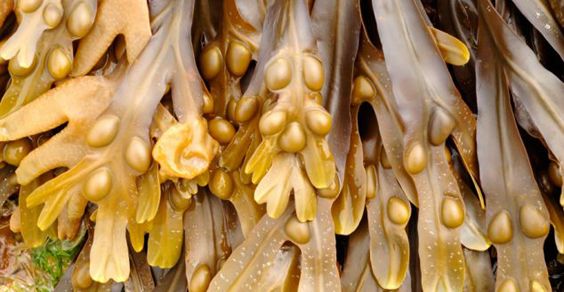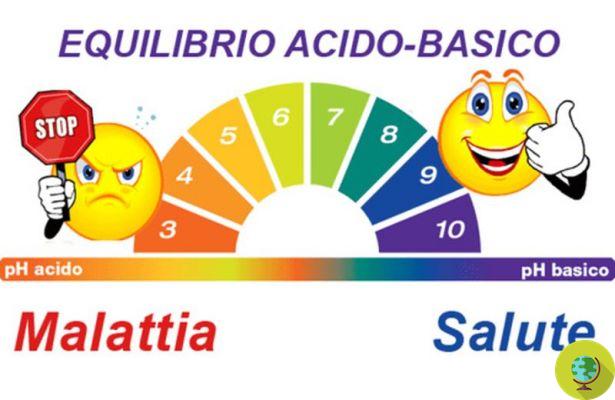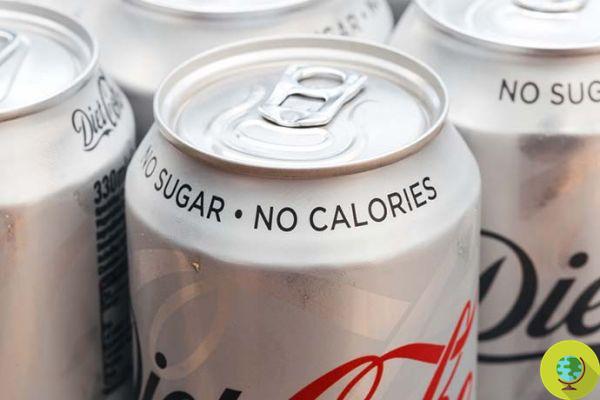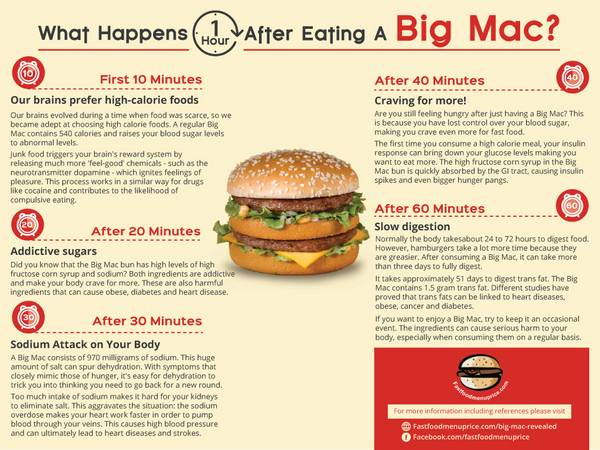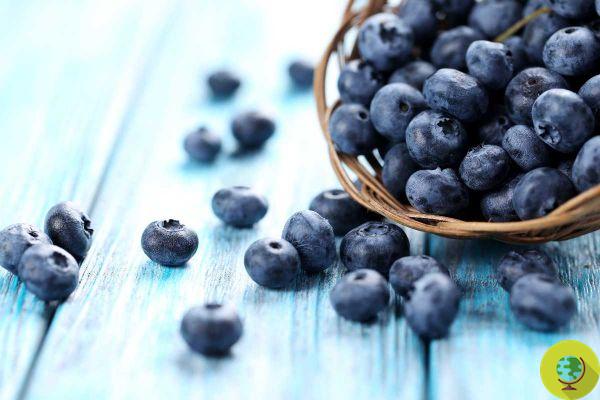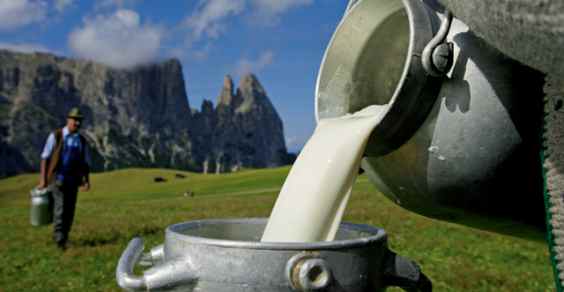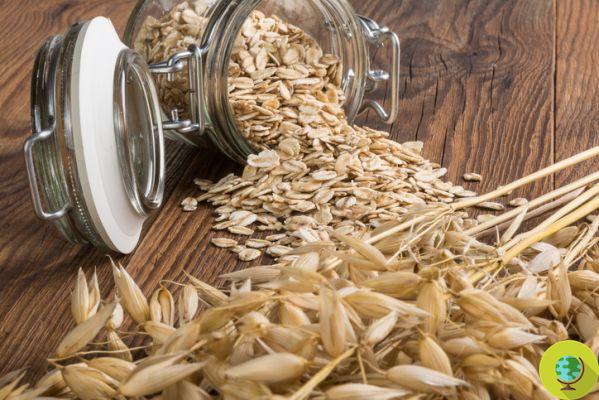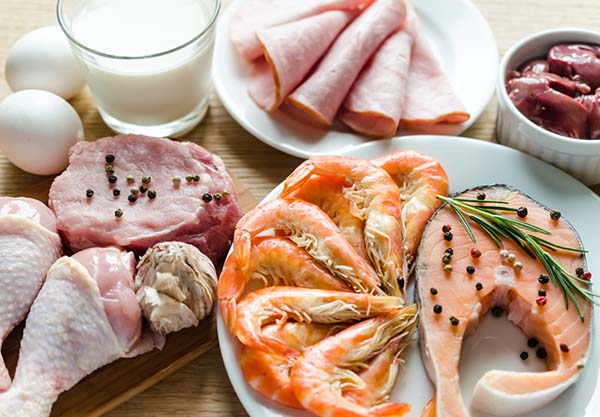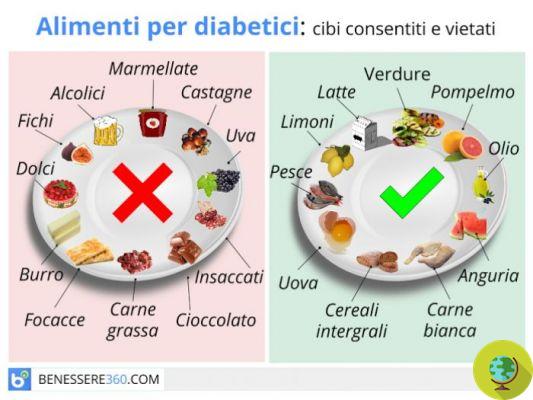The combination of solar energy and microbes could produce 10 times more protein than crops like soy
Don't store avocado like this: it's dangerousThe combination of solar energy and microbes could produce 10 times more protein than crops like soy. A new study, led by scientists from the Max Planck Institute of Molecular Plant Physiology in Potsdam, Germany, has estimated that this mix could pave the way for future food production by reducing greenhouse gas missions and water pollution.
La food safety it is a "critical issue" that humanity will have to address in the coming decades with the global population continuing to grow, biofuels competing with crops for the land and some 800 million people already undernourished. Also, address the climate crisis it will be nearly impossible without reducing emissions from food production related to meat and dairy products.
Microbes are already used to make many common foods, such as bread, yogurt, beer, but new research has tried to use them in another way. German scientists, in particular, have created a concept that uses electricity from solar panels and carbon dioxide captured from the air to create "fuel" for microbes, which in turn are "raised" in small bioreactors and finally transformed into powders. dry protein.
The process makes highly efficient use of land, water and fertilizers and could be used anywhere, not just in countries with strong sunshine or fertile soils, scientists say.
In other words, they used solar energy - clean and free - to breed microbes which were then converted into proteins.
Our model includes photovoltaic electricity generation, direct air capture of carbon dioxide, electron donor electrosynthesis, microbial cultivation, and biomass and protein processing. We show that, per unit of land, production can achieve more than 10 times the protein yield and at least double the calorie yield of any staple crop.
A systematic review
The team focused on the soya beans, as these are related to the destruction of forests and are also used to feed animals. Many companies are already making animal feed through microbes, but the bacteria are typically fed with sugars from other crops or methane or methanol. The new analysis provides the first quantitative comparison between land use and energy efficiency between traditional agriculture and solar-powered microbial production systems.
The researchers used data on today's technologies to calculate the efficiency of each step in the process, including acquiring CO2 from the air and processing microbes to produce food that people could eat. They found that the microbial system uses only 1% of the water needed for crops and a small fraction of the fertilizer.
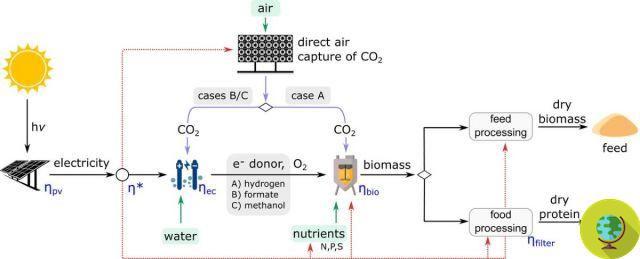
@Pnas
The analysis estimated that the solar-microbial process could produce 15 tons of protein per hectare per year, enough to feed 520 people. For comparison, one hectare of soy could produce 1,1 tons of protein, feeding 40 people.
The microbial protein would cost the same as that produced today through agriculture and livestock but scientists hope that future technological improvements will reduce costs.
Cultivating microbial biomass, rich in protein and other nutrients, can play a vital role in achieving food safetywhile mitigating the negative environmental footprint of agriculture. Here we analyze the efficiency associated with the use of solar energy for the conversion of atmospheric CO2 from direct air capture into microbial biomass capable of feeding humans and animals. We show that microbial food production outstrips agricultural staple crop cultivation in terms of calorie and protein yields per acreage at all relevant solar radiation levels. These findings suggest that microbial foods could contribute substantially to fueling a growing population, the scientists explain.
A solution that certainly seems promising but that should make you think. Should we really use such "drastic" techniques instead of changing our food system?
The results were published in PNAS.
Sources of reference: Pnas, The Guardian
READ also:
- Fermented grains and legumes instead of meat: Researchers are studying new sustainable plant-based foods
- About 500 children die every year in Brazil from glyphosate used in the cultivation of GM soybeans: the shock study
- Plant-based proteins are good for you (and live longer)
- Synthetic meat: should rich countries eat it 100%? And where are we really?
- Insects, algae and jellyfish: the food of the future?




